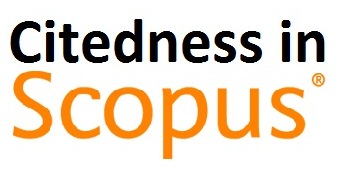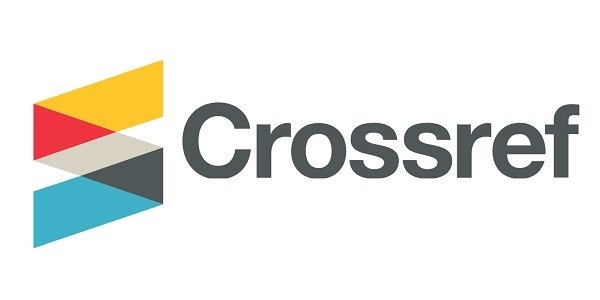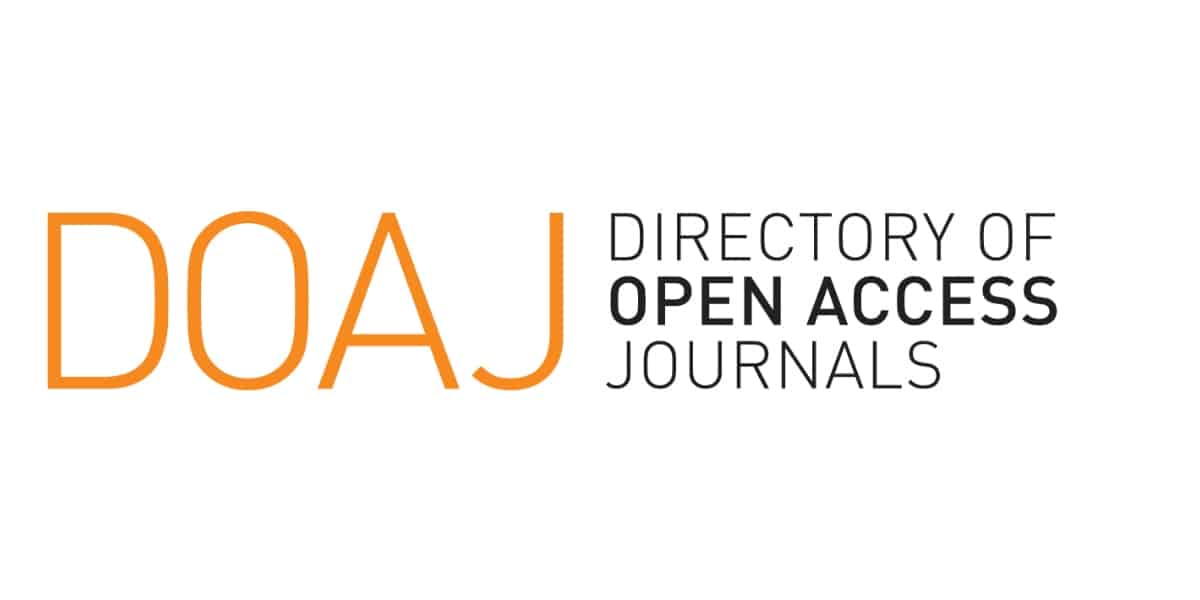ANALISIS MATERIAL, ENERGI DAN TOKSISITAS (MET) PADA INDUSTRI PENYAMAKAN KULIT UNTUK IDENTIFIKASI STRATEGI PRODUKSI BERSIH
Abstract
Leather industry is known as industry that unfriendly to the environtment, since it produces a lot of wastes in its processes. The objectives of this study were to analyze material, energy and toxicity (MET) and to identify cleaner production strategies which can be applied in leather tannery. This study was survey research. The method used were purposive sampling, MET matrix, wastewater analysis, literature review, dan expert discussion. The study showed some chemical materials which used in processing were irritant, corrosive, and carcinogenic; wastewater of 29.5 m3and solid wastes of 1,749.14 kg. Hazardous pollutans in the waste water and solid wastes were sulfide, ammonia, and chrome. Ammonia-N produced in deliming and bating process was 4,701.48 mg/L. Cr6+produced in the retanning, dyeing and fatliquoring processes was 2.09 mg/L. Sulfide produced in liming process was 646.4 mg/L. Setting out was the highest step to consumed energy, namely 336.37 kWh from 632.08 kWh of total energy consumed. The result of identification showed there were some cleaner production strategies which could be applied in the leather processing. The priority strategies which could be applied were water control and water reuse.
Key words: cleaner production, MET, toxicity, wastes
_page-00013.jpg)







_(1).png)

